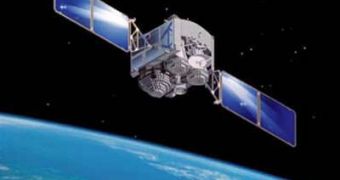Relying on a tight budget, a humanitarian project led by Amnesty International and the American Association for the Advancement of Science (AAAS), is set to monitor some of the zones most threatened by violent activities. The main focus is on the region of Darfur, an independent sultanate in the western part of Sudan and the site of a local conflict that has placed it in a state of humanitarian emergency since 2003.
The results of the project, called Eyes on Darfur, can be observed on a dedicated website (eyesondarfur.org), where before and after satellite photographs of regions that the humanitarian associations believe to be at risk at present or in the future can be seen. According to Lars Bromley, director of geospatial technology and human rights from Washington's AAAS, the images are provided by the DigitalGlobe's QuickBird satellite located in Longmont, Colorado, GeoEye's Ikonos satellite found in Dulles, Virginia, as well as by the Earth Remote Observation Satellite (EROS-B) belonging to ImageSat International from Tel Aviv, Israel.
The photographs are afterwards processed and categorized by means of the Erdas Imagine software developed by Atlanta's Erdas Inc. The goal of the program is to provide images as soon as possible from the location of a conflict, to compare them with previous ones, and to constantly provide routine images of the potential risk regions. “We were really looking for a way to both get information out publicly and provide strategies on the ground,” explains Ariela Blatter, director of Amnesty International's Conflict Prevention and Response Center.
The 1 meter resolution is the minimal requirement for the pictures used in order for alterations in the characteristic features of buildings to be perceived, but DigitalGlobe's WorldView satellite (and soon Google's GeoEye) offers half-meter resolution pictures which make the task much easier. Although monochromatic images are just as good for the comparison tasks, the color ones improve the aspect and impact of the website. But Darfur is not the only place under constant monitoring. Burma, Zimbabwe, or the recently besieged Georgian region of South Ossetia are also targeted.

 14 DAY TRIAL //
14 DAY TRIAL //